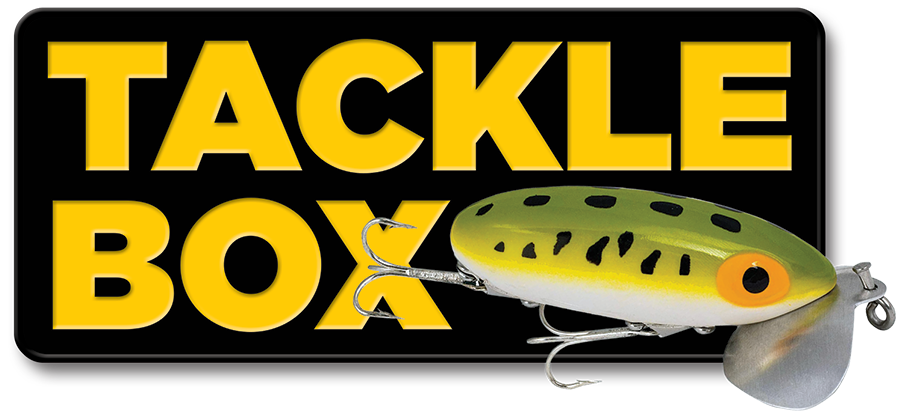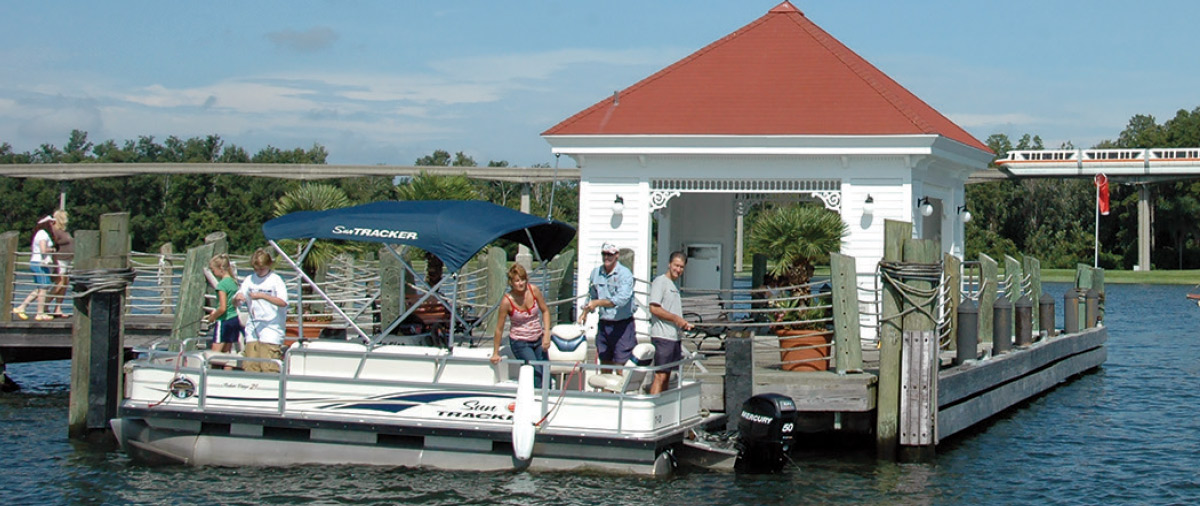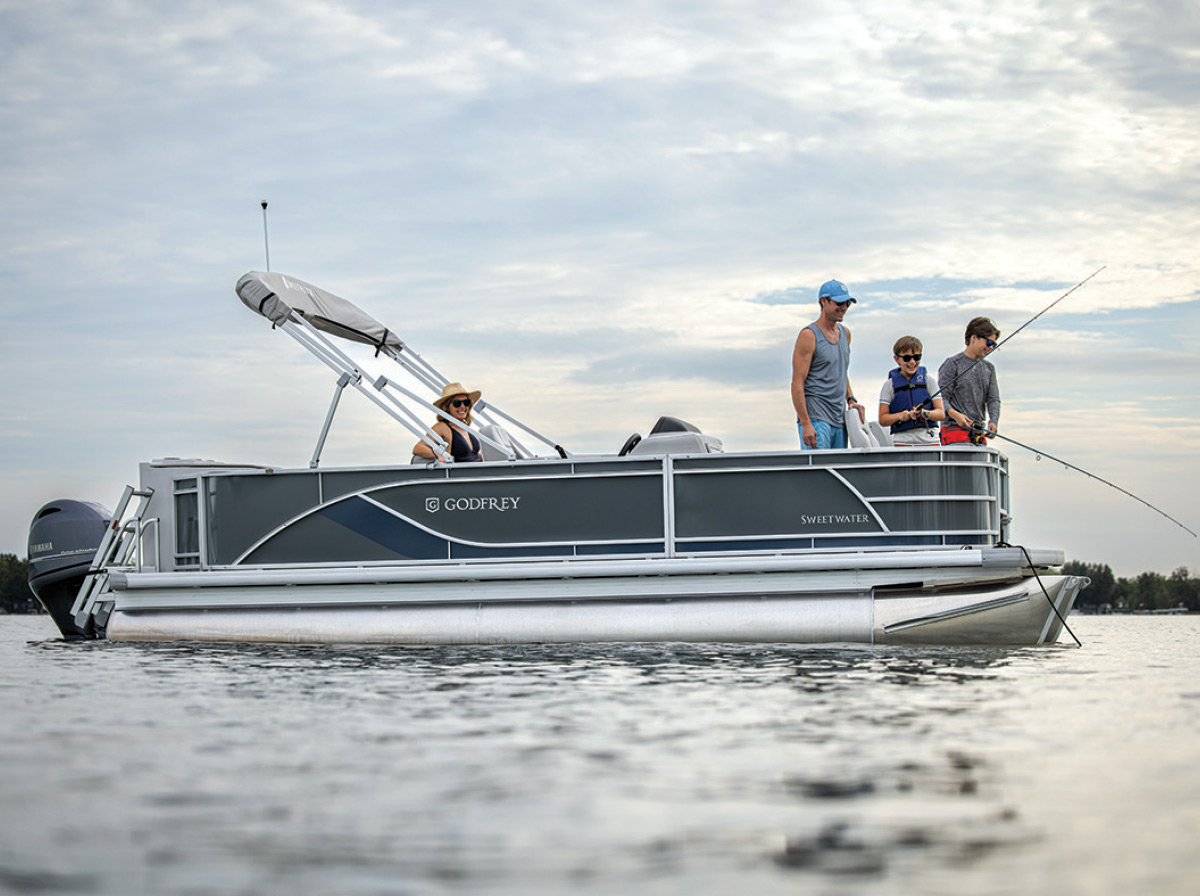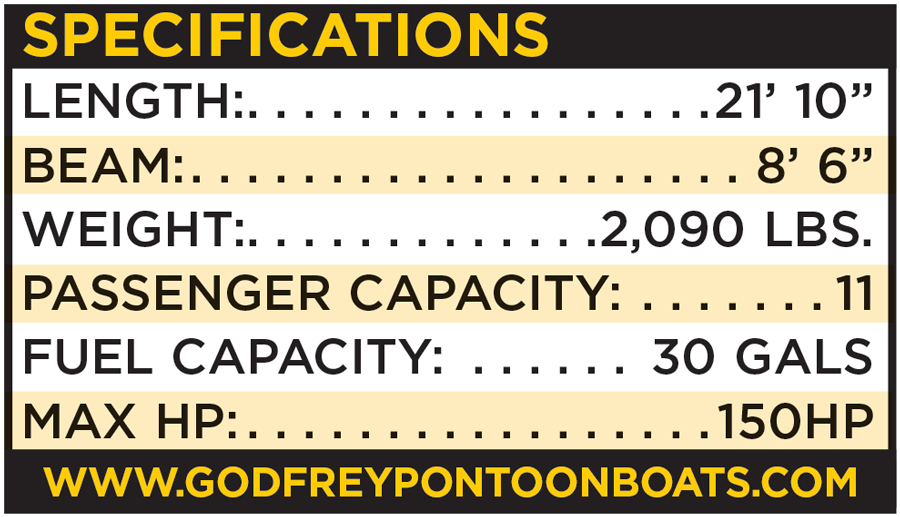

That’s good, because the third month often features fickle weather, resulting in water conditions that can keep boaters at bay. But just because you are dry-docked for the day doesn’t mean you can’t wet a line and have a reasonable expectation to do some catching.
While it’s true that gamefish that spend most of their time in deep water or offshore, including walleye, salmon and trout in fresh water, and saltwater species such as dolphin, billfish and tuna, are primarily targets for boaters, most popular freshwater gamefish, at one time or another, can be caught from the shore. Walleye, for example, make spawning runs early in the season before heading offshore during the summer and winter, and provide great action for anglers who wade tributaries or cast baits from the shoreline. Crappies are famous for offering early spring shoreline action, as are bass and other panfish.
Crappies seek-out brushy areas much of the year, and where better to find submerged trees and brush than near the shore? Walleyes, saugeye, smallmouth bass and trout are drawn to rocky or graveled areas, and the rip-rap along dams and causeways cater to those preferences while putting the fish within easy range of casts from shore. Largemouth bass and sunfish thrive in shallow weeds, a preference that puts them within easy worm-dunking distance of shore anglers using everything from cane poles to fly rods.
In rivers and tidal areas, dock anglers make the water’s current work to bring the fish to them, using fragrant baits that emit a scent for fish to find and follow-up on from down current, drawing them with in casting distance. At night, dock fishermen often use lights to attract gamefish species that arrive to eat the baitfish and plankton that are attracted to the artificial glow from above or below the water’s surface.

To cover the most water, dock anglers often use a technique called “fan casting.” To fan cast, you make your first cast parallel to the shore to your left or right, dropping your bait close to the water’s edge. Each successive cast is made a little further out from the shoreline, perhaps by 1- or 2-foot increments, until the angler completes an arc and is casting parallel to the shore on the opposite side from his he started. Viewed from above, the casting pattern would resemble a half circle, or fan shape, hence the name. Once the half-circle has been completed, the angler will walk a few steps to the right or left – in whichever direction he intends to head during the course of his fishing — and repeat the fan-casting process. The technique covers the maximum amount of water available to the shore fisherman and can be highly effective in locating – and catching – fish.
Other than the usual rod, reel, terminal tackle, lures and baits, gear that will come in handy during a shore fishing expedition includes a long-handled net capable of reaching onto the water from the dock. If you’re planning on fishing in the same location for very long, you’ll want something to sit on for those waits between bites. A common 5-gallon pail is a popular item among shore-bound anglers, who use them for carrying bait and tackle, as a back-up for a forgotten minnow bucket and, inverted, as a seat. Or, as we used to do at our local pontoon boat club when water conditions kept our boat at the dock, foul weather and water conditions rarely kept us from boarding our favorite craft and fishing in comfort, pretending we were anchored over a favorite honey hole – often with similar results!


Overhead is a standard Bimini shading comfortable L-seating, a fully appointed helm with captain’s chair, optional Eagle 5 chartplotter/fishfinder with external split shot transducer, behind a large livewell and lockable rod storage on the starboard wall. The bow is rigged for your choice of electric trolling motor with a harness kit, plug and a half gate, within easy reach from the pair of fishing pedestals seats.
This is a practical, affordable pontoon from one of the best brands in the business, which should keep non-anglers comfortable while we fishermen wet our lines in earnest.
